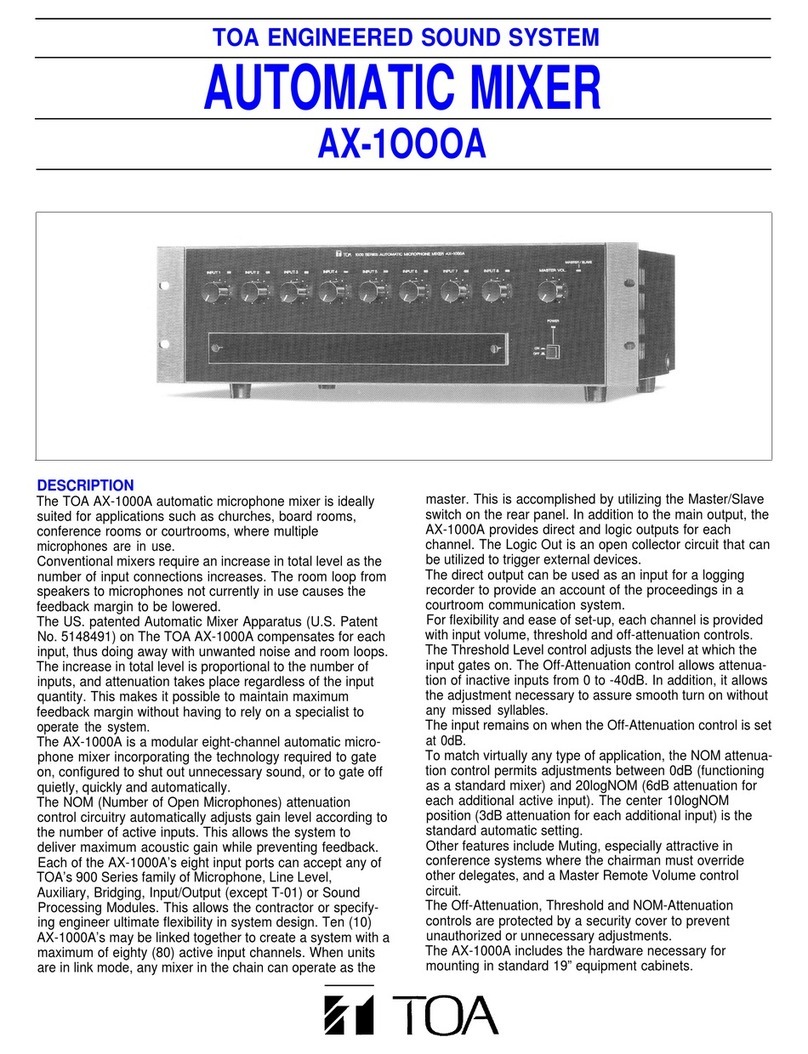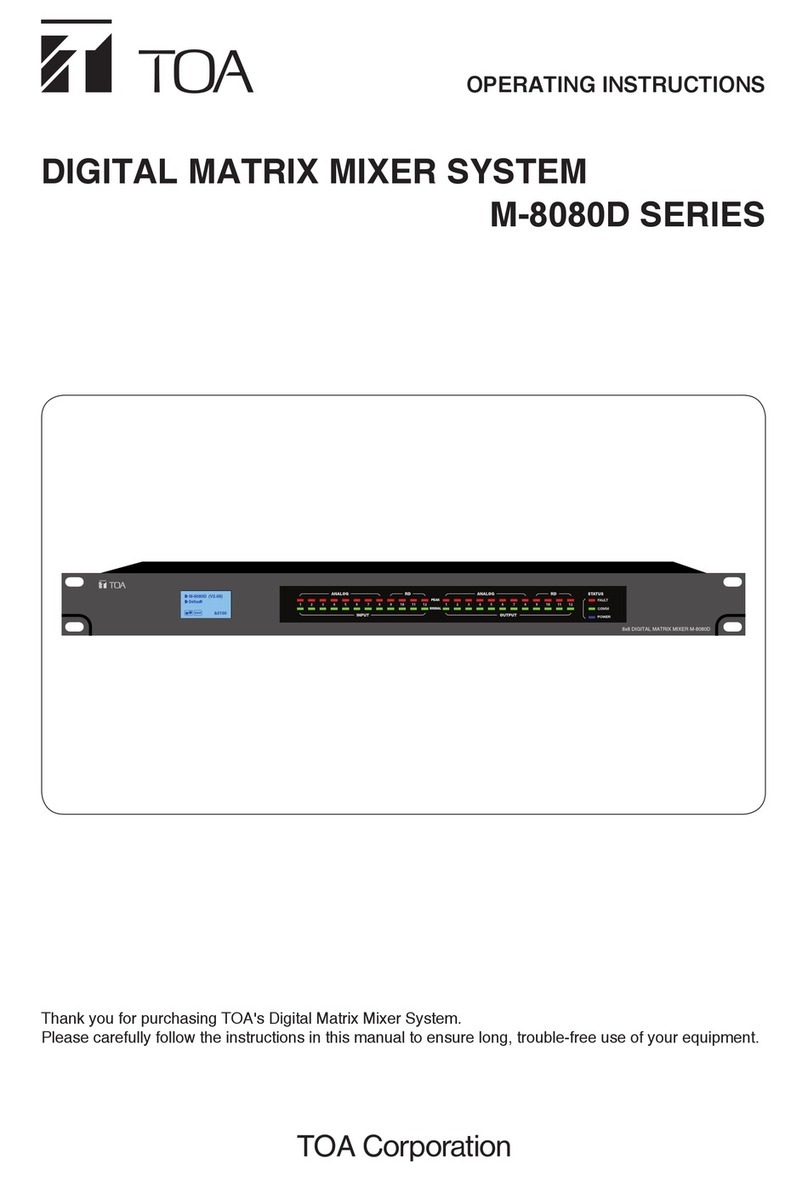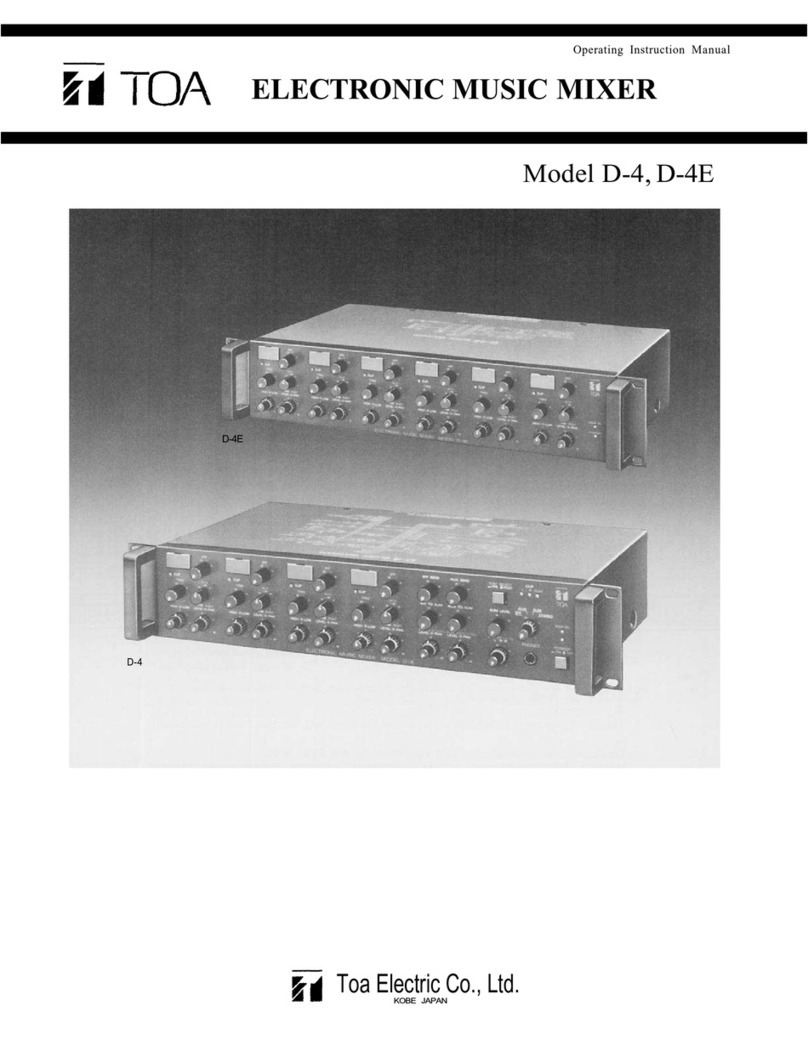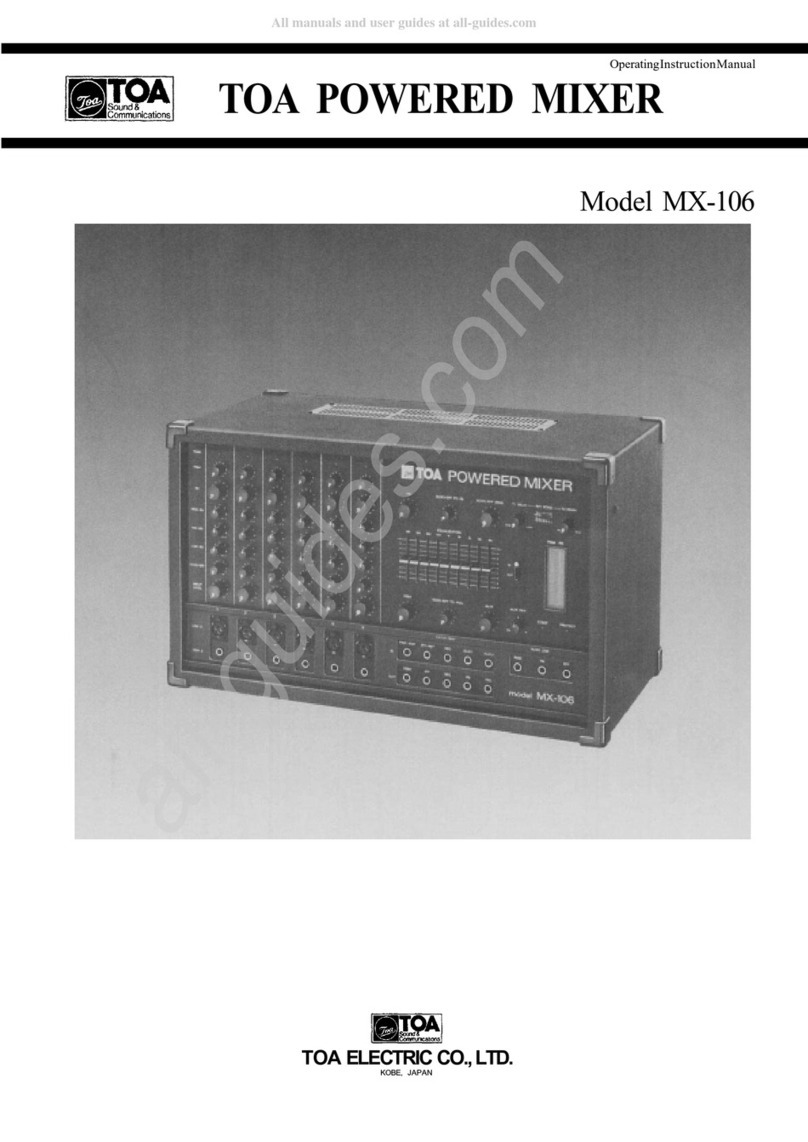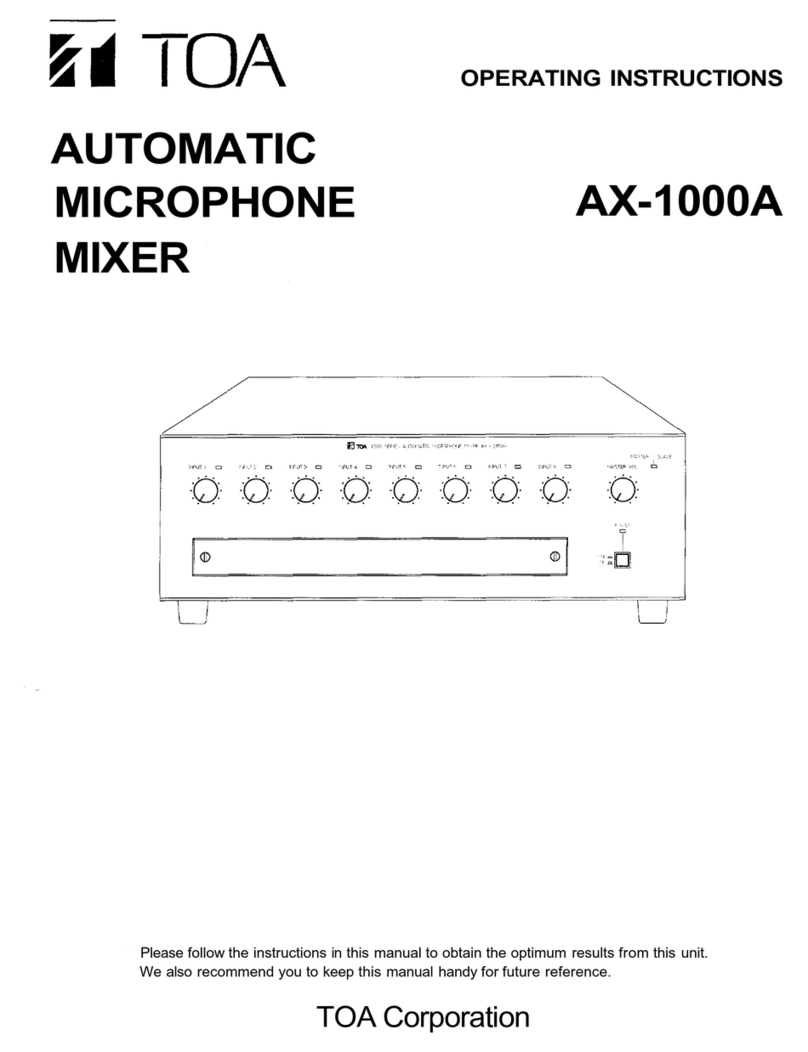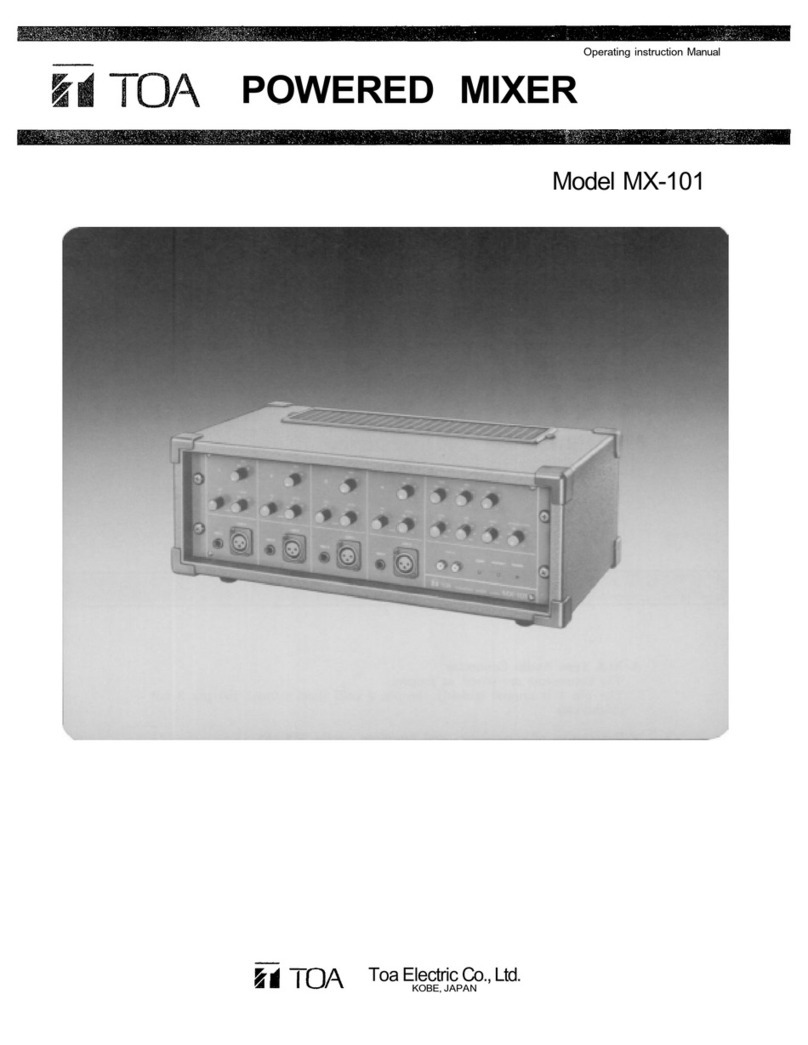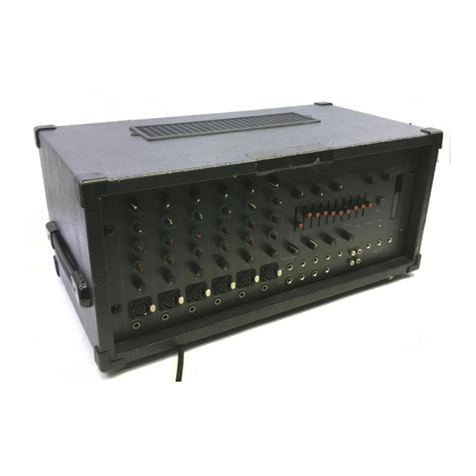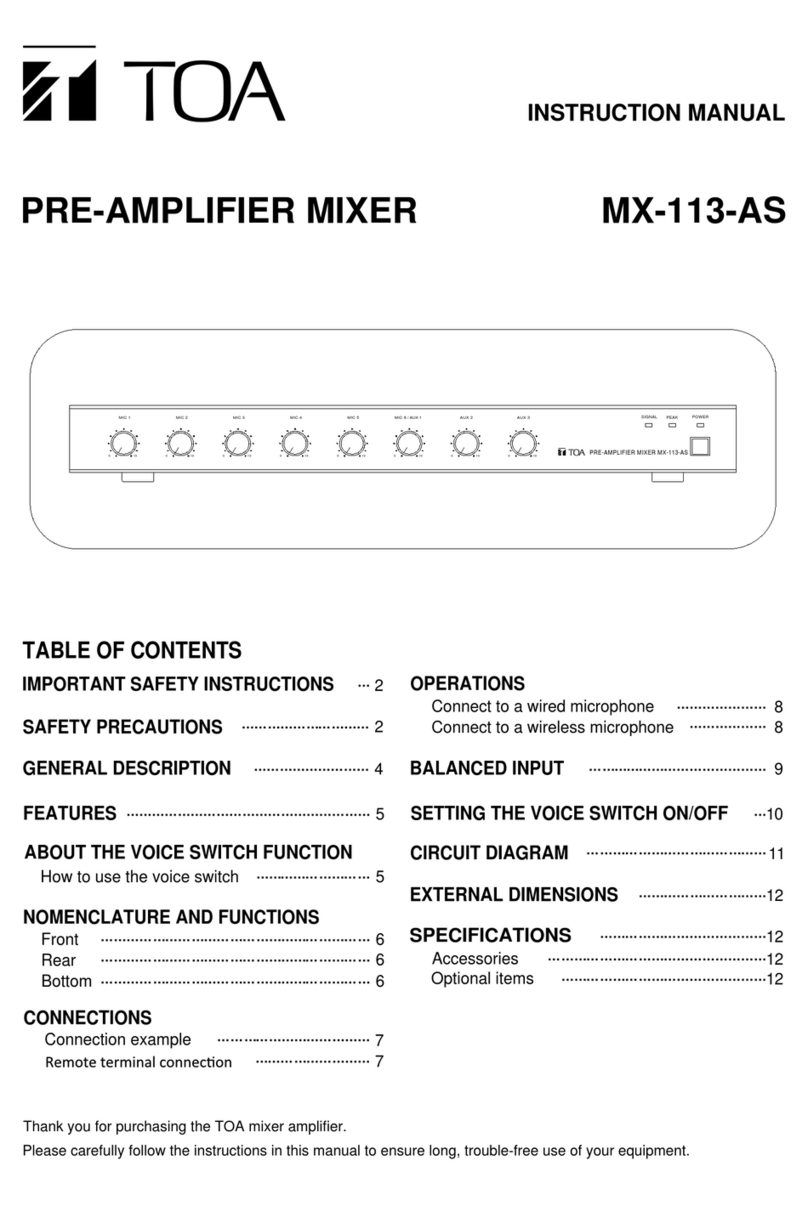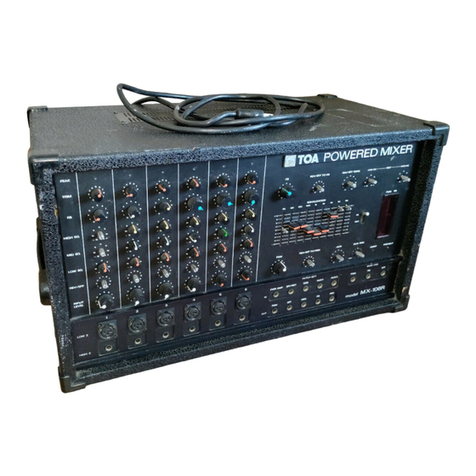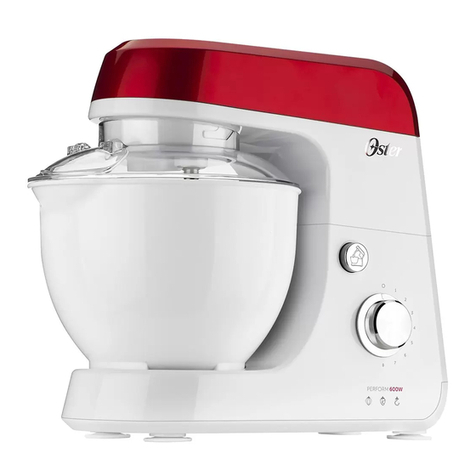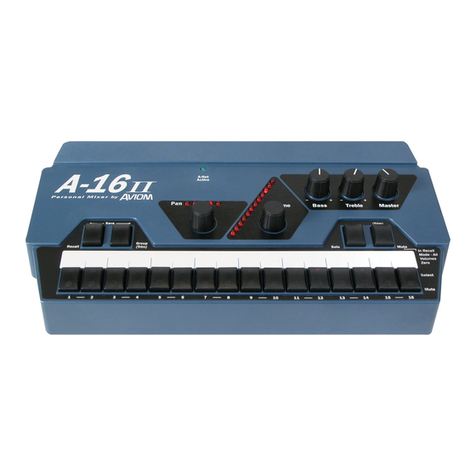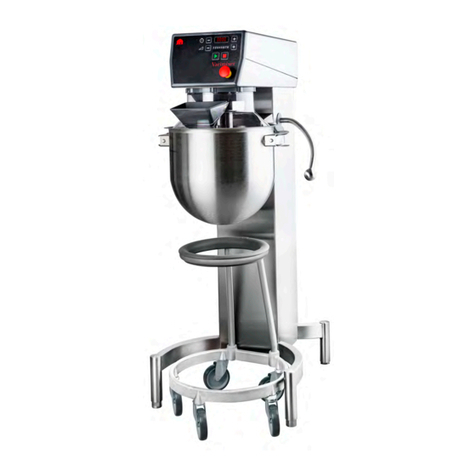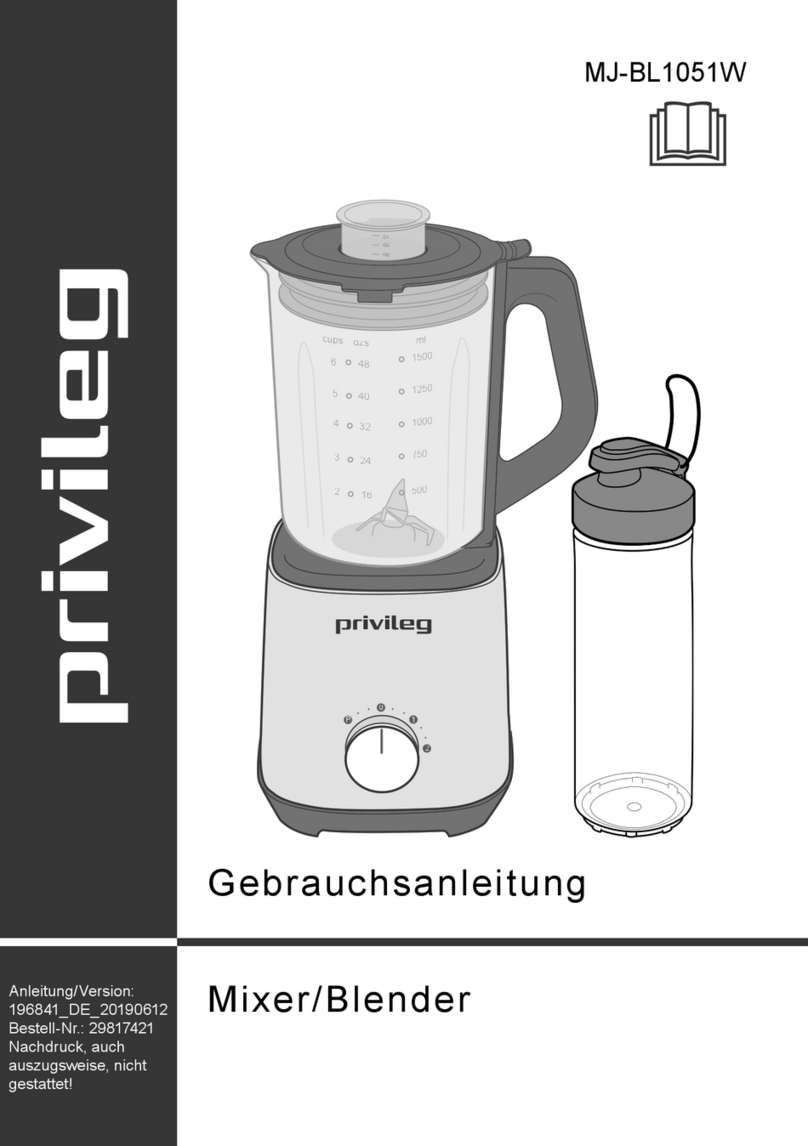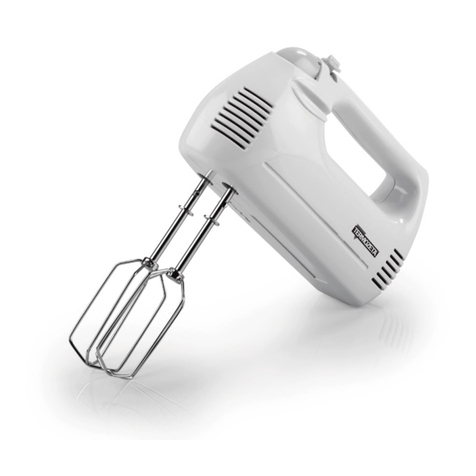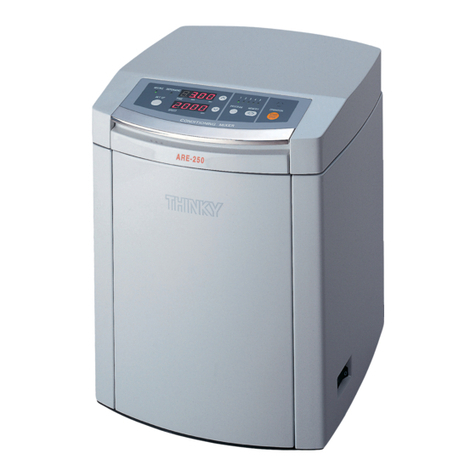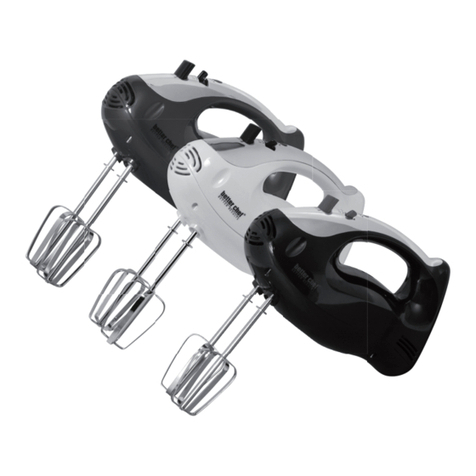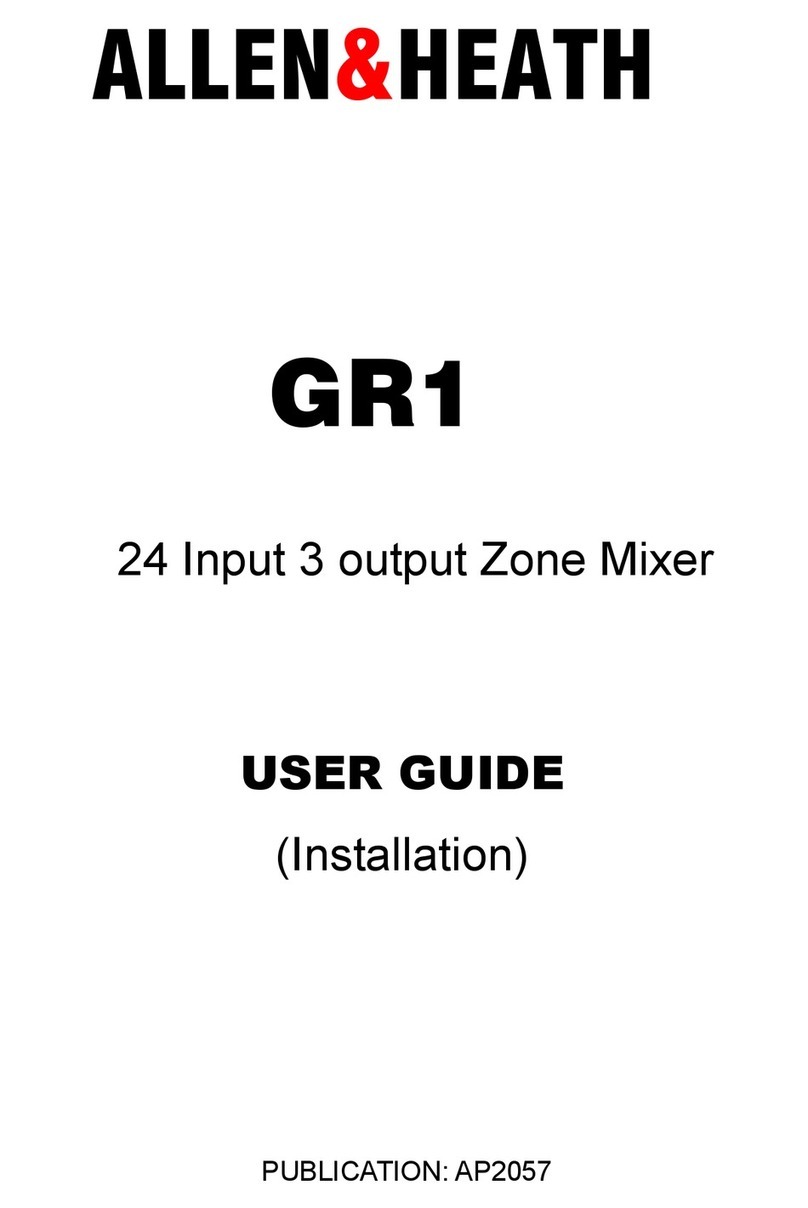
High Equalizer Control
(HIGH)
The high EQ control alters the
high frequency response of the
input channel, providing ±13dB
at 10 Hz, and ±15dB at 20 Hz of
continuously variable active
shelving equalization. The "0"
detented position provides flat
audio response.
Low Equalizer Control
(LOW)
The low EQ control provides
±13dB at 100Hz and ±15dB at
50Hz of continuously variable
active shelving equalization.
The "0" detented position pro-
vides flat audio response.
Reverb to Foldback
Control (REV TO FB)
This control adjusts the amount
of reverb signal that is returned
to the foldbac buss and thus the
level of reverb contained in the
on-stage monitor mix.
Reverb/Control
(REV)
This control determines the
level of signal assigned to the re-
verb mixing buss. Rotating the
control cloc wise increases the
amount of reverb in that channel.
Foldback Control (FB)
The Foldbac control deter-
mines the level of signal assign-
ed to the foldbac mixing buss,
thus setting the level of that
channel in the on-stage monitor
mix.
Graphic Equalizer
(EQUALIZATION)
The graphic equalizer is 5 inde-
pendent active bands (filters),
providing 12dB of boost or cut at
each center frequency. The "0"
detented position provides flat
audio response.
Foldback Master Control (FB)
The FB master control adjusts
the overall combined signal level
of the four independent channel
foldbac sends, and thus the
level of the entire on-stage moni-
tor
mix.
Aux Level Control (AUX)
This control sets the overall level
of the Aux input signal.
ower Amp Compression
Indicator
(COM )
The Comp LED lights when the
internal compressor is activated.
The compressor is provided to
protect spea er systems by com-
pressing the input signal level of
the power amplifier when clip-
ping occurs in the output stage.
Frequent flashing of the LED is
not reason for alarm. However, a
constant or steady light indicates
that the MX-401 is being over-
driven and that the internal
power amplifier is possibly
"under powered" for that applica-
tion. The output level of the MX-
401 should be decreased until the
LED only flashes intermittently.
ower Indicator LED
( OWER)
The indicator LED lights when
th e power s witch is "on".
Input Level Control
(LEVEL)
The level control provides con-
tinuously variable adjustment
of the channel output to the
program mixing buss, thus
determining the level of that
channel in the main sound
system mix. Since the reverb
signal is "post" this control, an
increase in the level of the
channel's output will also result
in a corresponding increase in
the reverb effect of that channel.
The nominal level of the input
level control is at the "10" posi-
tion.
High Impedance Connectors
(HIGH Z)
These connectors are unbal-
anced, standard 1/4" phone jac s
with an input impedance of 27
ohms, and an input level of
—35dB. When a plug is inserted
into the high -Z input, the cor-
responding XLR connector is
automatically switched out of the
input circuitry.
Low Impedance Connectors
(LOW
Z)
The XLR connectors are low im-
pedance, electronically balanced
inputs with an input impedance
of 1 ohms.
Reverb to rogram Control
(REV
TO
GM)
This control adjusts the amount
of reverb signal that is returned
to the program buss and thus the
level of reverb contained in the
main sound system.
rogram Master Control
( GM)
The PGM control adjusts the
overall combined signal level of
the four independent channel
level controls, and thus the level
of the main sound system.
Aux Input Jacks
(AUX
IN)
The phone jac and RCA pin
jac s are wired in parallel, with
an input level of —20dB. When a
plug is inserted into the phone
jac , the RCA pin jac s are
automatically switched out of
the AUX circuitry.
Foldback Output Jack
(FB
OUT)
This jac is for connection to
external power amplifiers and/
or equalizers for the on-stage
monitoring system. Nominal
output level is +4dB with an
impedance of 600 ohms. If the
internal power amp and equal-
izer are to be used for the on-
stage monitor system, the FB
output should be connected to
the GEQ input jac .
rogram Output Jack
( GM
OUT)
The PGM Out jac is provided
for connection to external equal-
izers and/or power amps, deriv-
ing its signal prior to the internal
GEQ and power amp. Nominal
output level is +4dB wit h an
impedance of 600 ohms.
Graphic Equalizer Input Jack
(GEQ
IN)
The GEQ input jac allows the
graphic equalizer to be used in-
dependently of the
MX-401
with
other external equipment, or the
internal power amplifier and the
graphic equalizer with external
equipment. When a plug is
inserted, the main mix from
the program buss is disconnected
from the graphic equalizer and
the power amplifier. The nomi-
nal input level is +4dB with an
input impedance of 50 ohms.
Graphic Equalizer Output Jack
(GEQ
OUT)
This jac allows the MX-401
and the internal graphic equal-
izer to be used with an external
power amplifier, or in conjunc-
tion with the GEQ in jac , to be
used independently of all other
MX-401 circuitry. Nominal
output level is +4dB with an
impedance of 600 ohms.
ower Amp rotection
Indicator ( ROTECT)
The indicator LED lights if the
power amplifier output is short-
ed, if the temperature of the unit
rises above acceptable levels, or
if DC is drifted to the spea er
outputs. If the LED should light,
spea er wiring and ambient
temperature of the MX-401
should be chec ed. If the LED
remains lighted, the unit should
be referred to qualified service
personnel for repair.
Note:
The MX-401 protection circuitry
will (1) detect 'faulty conditions'
within the power amplifier, (2)
give a visual indication, and (3)
automatically shut down until
the fault condition is alleviated.
This special circuitry ensures
maximum reliability and vir-
tually eliminates equipment
damage due to unsafe or fault
conditions. Please refer to fault
protection table on page 4 for
full explanation of this im-
portant feature.
ower Amplifier Input Jack
( WR
IN)
The PWR Amp input jac allows
the internal power amplifier to
be used with external equip-
ment. When a plug is inserted,
the power amp is automatically
disconnected from the MX-401
mixer section. The nominal in-
put level is +4dB with an input
impedance of 10 ohms.
— 3 —
Front anel
